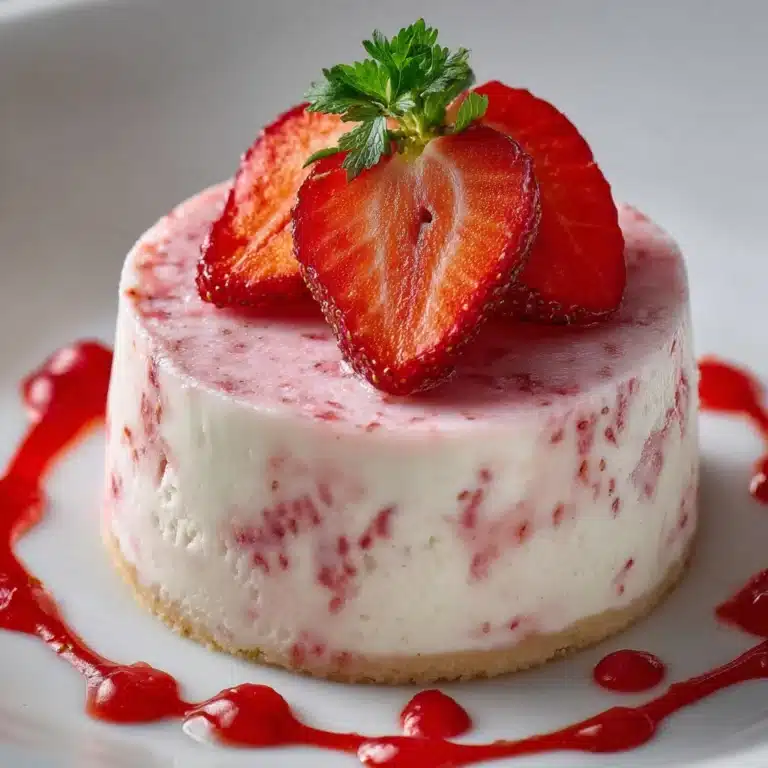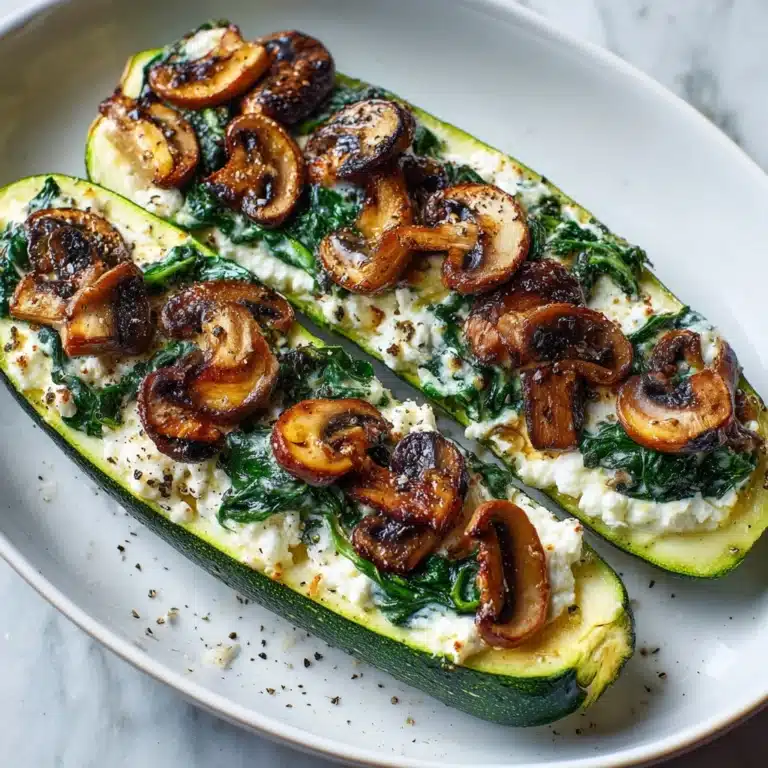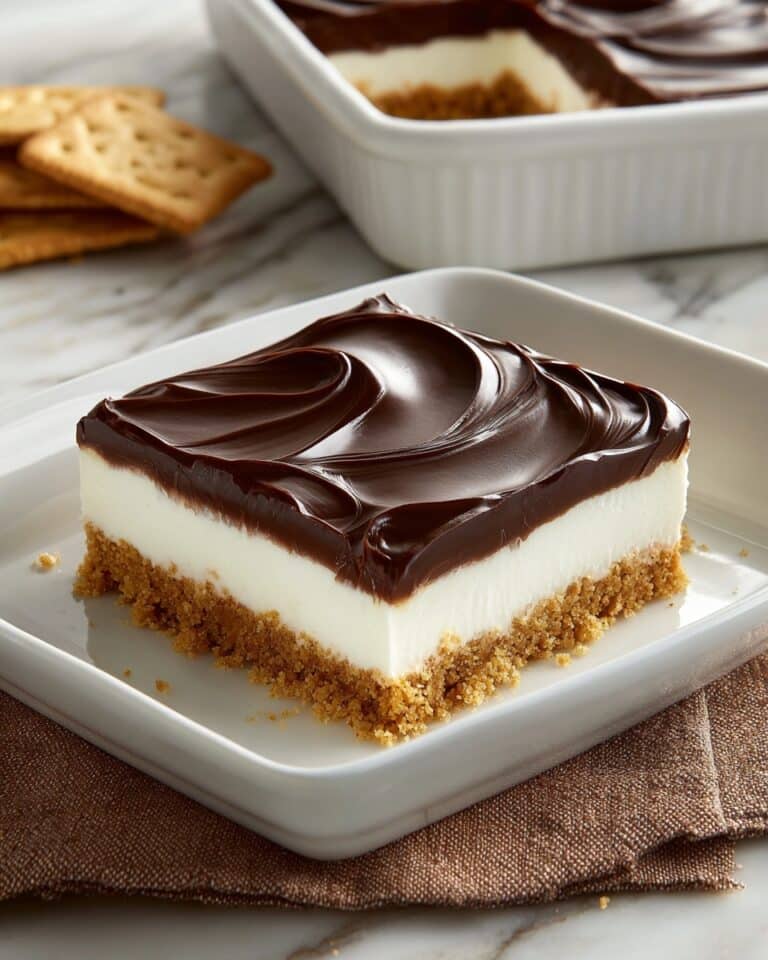Homemade White Bread Recipe
If you have ever dreamed of baking the perfect loaf from scratch, this Homemade White Bread Recipe is your golden ticket to that warm, fresh-from-the-oven goodness. With just a handful of simple ingredients and a bit of patience, you can create soft, fluffy bread with a tender crumb and a beautiful golden crust. There is something truly comforting about making bread at home—the enticing aroma filling your kitchen and the satisfying sound of that first slice tearing through the crust. Let me walk you through how this mixture of basic pantry staples transforms into a delicious loaf that will become a centerpiece for sandwiches, toast, or just a pat of butter.
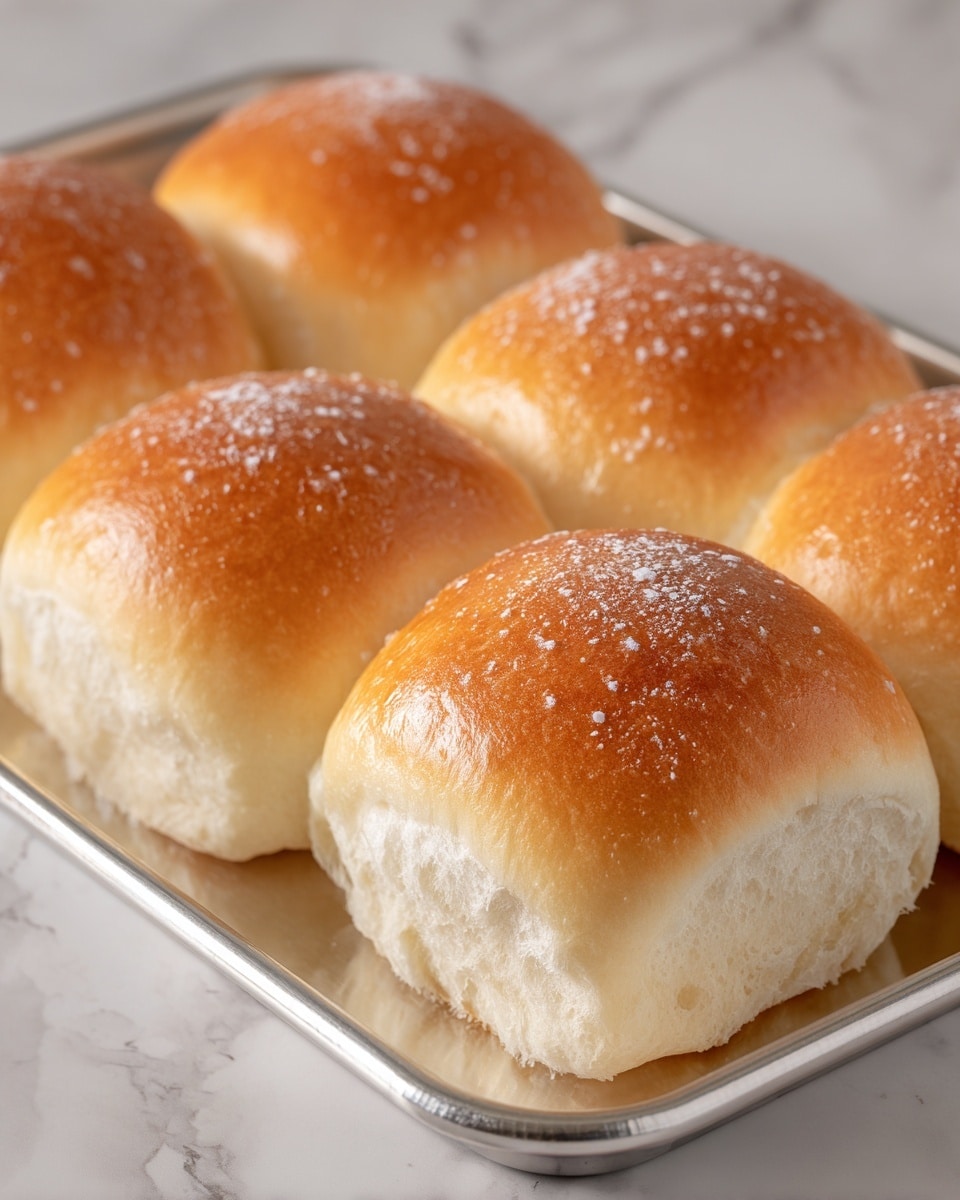
Ingredients You’ll Need
This Homemade White Bread Recipe relies on simple and everyday ingredients that work together to create that soft texture and wonderful flavor you expect from a classic loaf. Each element plays its part, from yeast’s magical rise to butter’s richness and milk’s tenderizing effect.
- Warm water (1 cup, 110°F / 43°C): Activates the yeast and helps start the fermentation.
- Active dry yeast (2 ¼ teaspoons): The essential leavening agent that makes the dough rise beautifully.
- Granulated sugar (2 tablespoons): Feeds the yeast while adding a subtle sweetness to the bread.
- All-purpose flour or bread flour (3 cups): Provides the structure and chewiness; bread flour will give a slightly sturdier loaf.
- Salt (1 ½ teaspoons): Balances flavor and strengthens the gluten network.
- Unsalted butter (2 tablespoons, softened): Adds richness and tenderness to the crumb.
- Warm milk (½ cup): Softens the dough and contributes to a tender texture and richer flavor.
How to Make Homemade White Bread Recipe
Step 1: Activate the Yeast
Begin by stirring the warm water, yeast, and sugar together in a large mixing bowl. The temperature of the water is key here—you want it warm enough to rouse the yeast but not so hot that it kills it. After mixing, set the bowl aside for 5 to 10 minutes. You’ll know the yeast is activated when the surface bubbles up into a frothy foam, signaling that your bread is off to a great start.
Step 2: Mix the Dough
Once your yeast mixture is foamy, it’s time to add the flour, salt, softened butter, and warm milk. Stir everything together until a shaggy dough starts to form. This stage brings together all the ingredients into one unified mass, setting the foundation for kneading.
Step 3: Knead the Dough
Now comes the fun, therapeutic part—kneading. Whether you use your hands or a stand mixer with a dough hook, work the dough for 8 to 10 minutes until it feels smooth, elastic, and just a little tacky but not sticky. Proper kneading develops gluten, the structure that traps air and gives bread its wonderful texture.
Step 4: First Rise
Place your dough snugly in a greased bowl, then cover it with a damp cloth to keep moisture in. Leave it to rest in a warm spot for about an hour. You’ll see the magic here as the dough puffs up and nearly doubles in size—a sign that your yeast is happily working its magic.
Step 5: Shape & Second Rise
After the first rise, gently punch down the dough to release excess gas. Shape it into a loaf by folding and rolling, then place it into a greased 9×5-inch loaf pan. Cover it lightly again and let it rest for another 30 minutes. This second rise helps develop even texture and volume in your bread.
Step 6: Bake the Bread
Preheat your oven to 375°F (190°C) and bake the bread for 30 to 35 minutes. You’re looking for a golden-brown crust that sounds hollow when tapped—this is your clue that the inside is perfectly baked. The oven’s heat will deliver a lovely crust that contrasts with the soft inside.
Step 7: Cool & Serve
Once baked, remove the bread from the pan and let it cool completely on a wire rack. This step is vital to allow the crumb to set properly. Resist the urge to slice too early—it will give you cleaner slices and preserve the bread’s fluffy texture.
How to Serve Homemade White Bread Recipe

Garnishes
While this bread shines on its own, a sprinkling of sesame seeds or poppy seeds before the second rise can add a lovely visual and textural touch. Brushing the crust lightly with melted butter right after baking also adds a soft shine and extra flavor that’s hard to resist.
Side Dishes
This bread pairs wonderfully with everything from creamy soups and hearty stews to fresh garden salads or a simple bowl of scrambled eggs. Its neutral but comforting taste makes it incredibly versatile, perfect for soaking up flavors or serving as a base for vibrant toppings.
Creative Ways to Present
Slice your loaf thick or thin depending on the occasion—think rustic open-faced sandwiches topped with avocado, tomato, and herbs for a vibrant snack, or neatly stacked, buttery slices toasted to golden perfection for classic breakfast enjoyment. You can even hollow out a small loaf and turn it into an edible bread bowl for dips or soups.
Make Ahead and Storage
Storing Leftovers
The best way to keep your homemade loaf fresh is to store it in an airtight container or tightly wrapped in plastic wrap at room temperature. It should stay soft and tasty for about 2 to 3 days—perfect for enjoying fresh sandwiches or toast as the week goes on.
Freezing
If you want to keep your Homemade White Bread Recipe around longer, slicing and freezing it is an excellent option. Wrap individual slices or the whole loaf tightly in plastic wrap and then place it in a freezer bag. This can keep your bread fresh for up to 3 months without losing much quality.
Reheating
To bring back that freshly baked warmth, toast your slices directly from frozen or wrap the whole loaf in foil and warm it in a 350°F (175°C) oven for about 10-15 minutes. Avoid microwaving, as it can make the bread rubbery—oven warmth restores that crisp crust and tender crumb we love.
FAQs
Can I use bread flour instead of all-purpose flour in this Homemade White Bread Recipe?
Absolutely! Bread flour has a higher protein content, which helps create a chewier texture and a better rise. It’s a perfect choice if you want a slightly sturdier loaf, but all-purpose flour will also yield delicious results.
What if my yeast doesn’t foam during activation?
If your yeast doesn’t foam, it might be dead or the water temperature was too hot or too cold. Try again with fresh yeast and ensure the water is warm but not scorching to properly activate your yeast.
Can I make this bread without milk?
Yes, you can substitute the warm milk with warm water, but milk enriches the dough and makes it softer and more tender. Using water will produce a slightly leaner loaf but still tasty.
How do I know when the bread is fully baked?
Look for a golden crust with a hollow sound when you tap on the bottom of the loaf. You can also use a thermometer—the internal temperature should reach around 190°F (88°C) to ensure it’s cooked through.
Can I add herbs or other flavorings to this recipe?
Definitely! Adding fresh herbs, garlic powder, or even a touch of cheese can elevate this simple bread into something unique and flavorful. Just mix them into the dough before the first rise for the best infusion.
Final Thoughts
There’s something deeply satisfying about pulling a warm loaf of homemade bread out of your own oven. This Homemade White Bread Recipe is straightforward yet results in a loaf full of comfort and nostalgia. Whether you’re a seasoned baker or just starting out, this recipe invites you to slow down, enjoy the process, and savor the delicious reward. Give it a try—you might just find it becoming your new favorite way to brighten any meal.
Print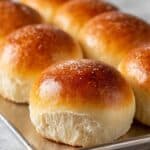
Homemade White Bread Recipe
- Total Time: 2 hours 20 minutes
- Yield: 1 loaf (about 12 slices) 1x
Description
This homemade white bread recipe yields a classic, soft, and fluffy loaf with a golden crust, perfect for sandwiches or toast. Made from simple pantry ingredients like flour, yeast, and butter, it involves kneading, proofing, and baking to achieve a delightful texture and rich flavor.
Ingredients
Yeast Mixture
- 1 cup warm water (110°F / 43°C)
- 2 ¼ teaspoons active dry yeast (1 packet)
- 2 tablespoons granulated sugar
Dough
- 3 cups all-purpose flour (or bread flour)
- 1 ½ teaspoons salt
- 2 tablespoons unsalted butter, softened
- ½ cup warm milk
Instructions
- Activate the Yeast: In a large mixing bowl, combine the warm water, active dry yeast, and sugar. Let the mixture sit for 5 to 10 minutes until it becomes foamy, indicating the yeast is active and proofed.
- Mix the Dough: Add the all-purpose flour, salt, softened butter, and warm milk to the yeast mixture. Stir thoroughly until the ingredients start to form a cohesive dough.
- Knead the Dough: Knead the dough either by hand or with a stand mixer fitted with a dough hook for 8 to 10 minutes. The dough should become smooth, elastic, and no longer sticky.
- First Rise: Place the kneaded dough in a greased bowl and cover with a damp cloth. Leave it in a warm place to rise for about 1 hour, or until it doubles in size.
- Shape & Second Rise: Gently punch down the risen dough to release air bubbles, then shape it into a loaf. Place the dough into a greased 9×5-inch loaf pan. Cover and let it rise again for 30 minutes until it puffs up.
- Bake the Bread: Preheat your oven to 375°F (190°C). Bake the loaf for 30 to 35 minutes, until the crust is golden brown and sounding hollow when tapped.
- Cool & Serve: Remove the bread from the pan and let it cool completely on a wire rack before slicing for best texture and flavor.
Notes
- Use warm water and milk for optimal yeast activation but ensure the temperature does not exceed 110°F (43°C) to avoid killing the yeast.
- Kneading by hand may take slightly longer but provides great dough texture.
- Allow the bread to cool completely to prevent a gummy crumb when sliced.
- For a softer crust, brush the loaf with melted butter immediately after baking.
- Store bread in an airtight container or bread box to maintain freshness.
- Prep Time: 20 minutes
- Cook Time: 35 minutes
- Category: Bread
- Method: Baking
- Cuisine: American

